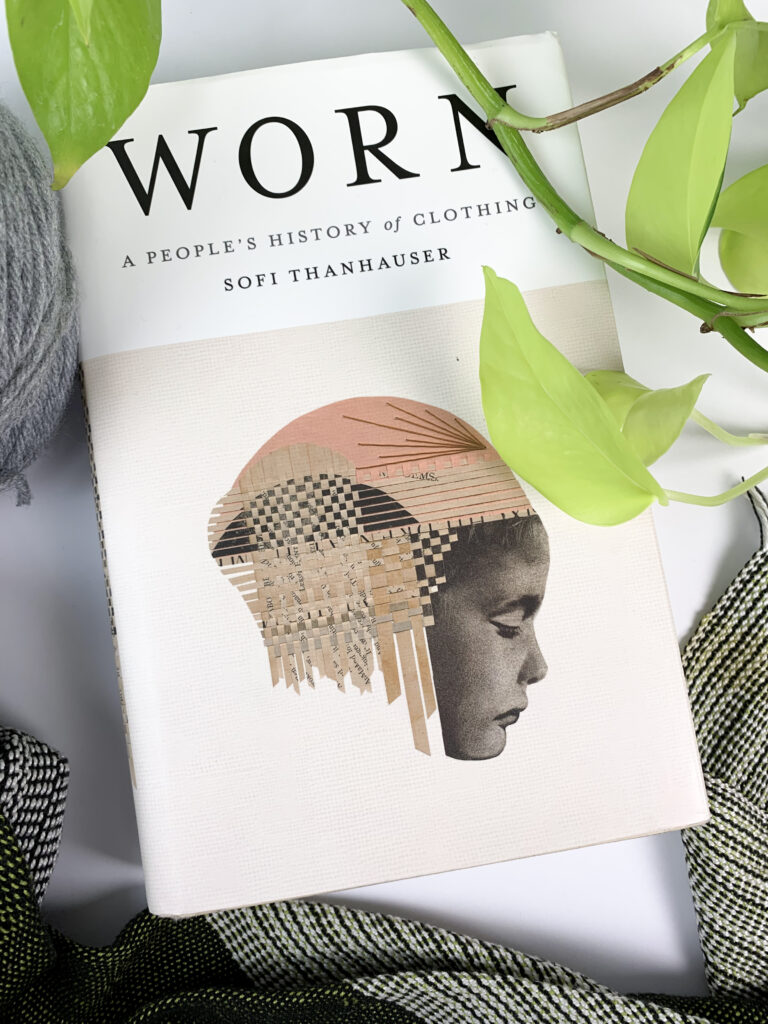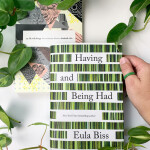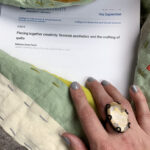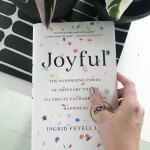
You may or may not know this about me, but despite having two degrees in metalsmithing, I am actually a giant textile nerd.
In undergrad, I spent as much time in the fibers studio as I did in the metals studio. (It helped that they were right next door.) And while I did make jewelry for my undergrad thesis, many of the pieces incorporated hand sewing or beading techniques I had learned in my fibers classes.
In grad school, I took and then eventually taught a semester-long feltmaking class, as well as teaching a class on textile techniques in metal. I also took History of Textiles and History of Interiors, where I focused my research on the history of floral patterned textiles in the domestic interior, which carried over into my MFA thesis in metal.
And while I’m pretty vocal about the fact that I started my Contra Collection after buying gemstones in Jaipur, the main reason for that trip was actually to take a block printing workshop. And of course, there was the time that I printed off someone’s 200-page Master’s thesis on quiltmaking that I found on the Internet.
So when I came across Worn: A People’s History of Clothing by Sofi Thanhauser at an indie bookstore in Savannah, I knew it was headed straight to the top of my TBR pile.
Not surprisingly, Worn checked all of my textile nerd boxes with its exploration into the history of five different fibers: cotton, linen, silk, synthetics, and wool. But what surprised me is how many of my other boxes this book checked, from explorations into labor rights and the role of women’s labor in the development of textiles to sweeping histories of the way textile production has influenced various locations around the globe.
Worn also tackles the ways we value both work and finished products, digging deep into the question of why the price of clothes has fallen drastically over the last 100 years while the costs of many other things (like cars and homes) have steadily risen. The answer is a complicated mix of factors but ultimately the result is a clothing supply chain that exploits both labor and environmental resources to produce clothes so cheaply.
While Worn makes you think deeply about where our clothes come from, it’s not all doom and gloom. The book ends on a hopeful note, exploring the ways that small producers are bringing our clothing back to a more human and sustainable scale.
I definitely recommend this book for fellow textile nerds like me, as well as anyone who is passionate about sewing and producing their own clothing. But honestly, I think this book should be essential reading for anyone who wears clothes. (You know, all of us.) And while it is fairly long, it’s also immensely readable, which should but it at the top of your TBR pile too.



The abaya is a traditional garment worn by women in various parts of the Islamic world, particularly in the Middle East and North Africa. It is a loose-fitting, full-length robe that is typically worn over other clothing and is an essential part of modest Islamic dress. The primary purpose of the abaya is to cover the body and maintain the modesty of women, in accordance with Islamic principles.